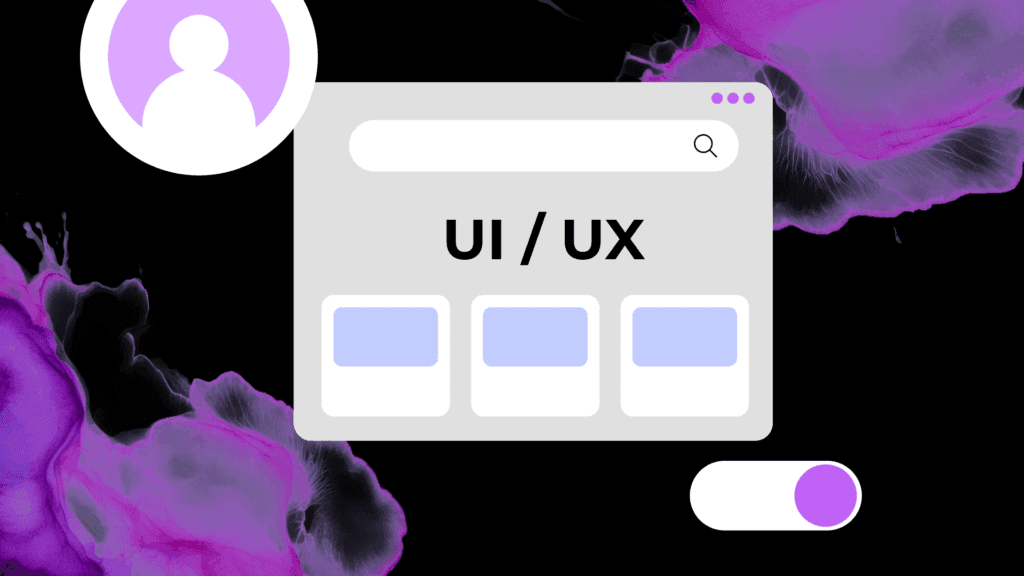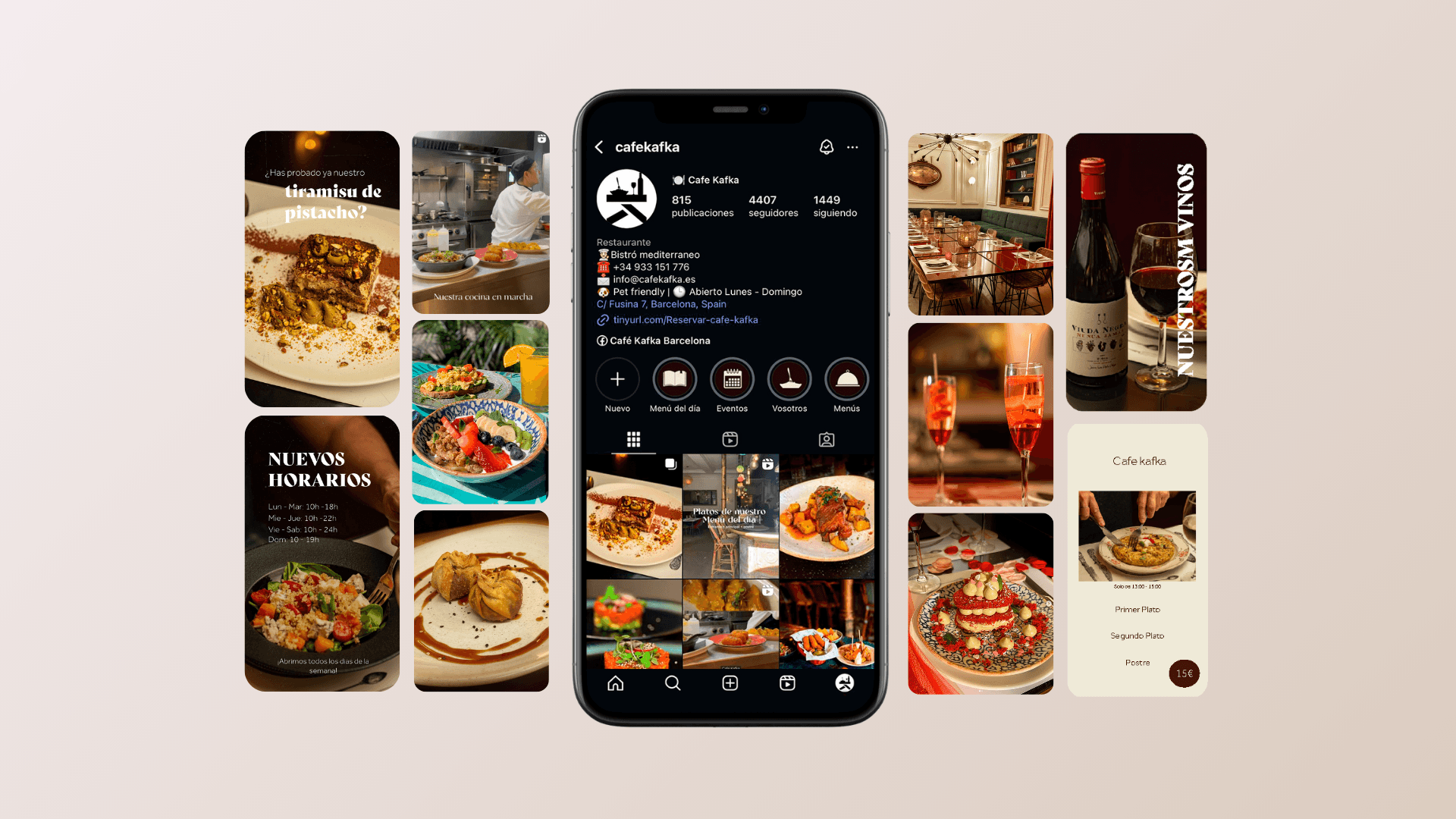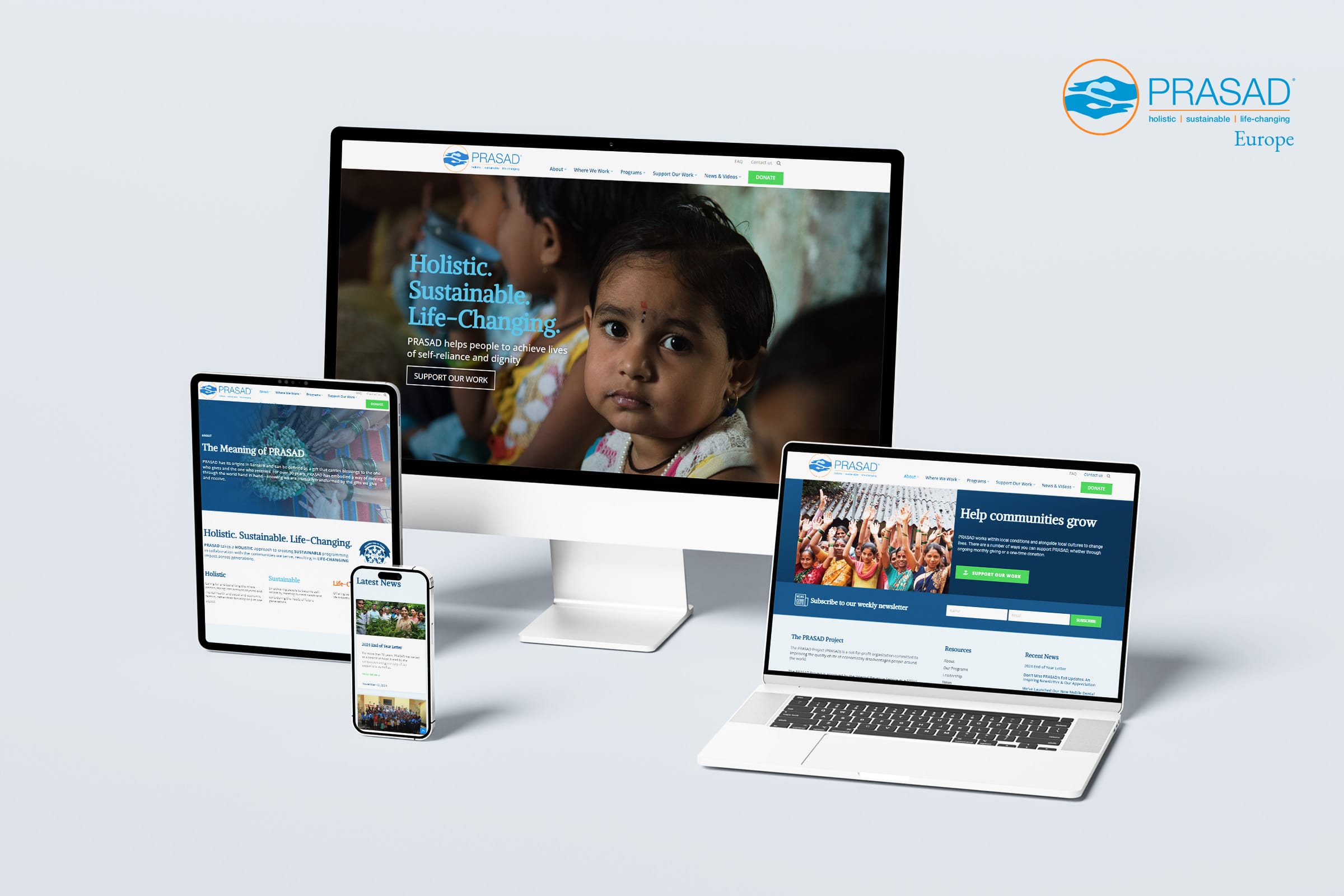Prototyping is essential for creating exceptional user experiences, avoid expensive mistakes later on in production, and go through a project where all stakeholders are better aligned all way through.
This article explores the crucial role of designers in prototyping and its benefits for our clients.
Today, user experience in web creation and applications is crucial, and how designers enhance that experience is more important than ever. This is where our role as designers comes in, ensuring that navigating your website or app is a positive experience that meets clients, users’ needs and expectations. To achieve this, several important concepts must be considered:
UI design, UX design, and prototyping software.
UI designers are responsible for the visual design of the interface and the user’s journey, while UX designers focus on ensuring that the navigation and actions users take are coherent. Integrating UI/UX design is essential when creating any digital project. Users feedback and being able to analyse on how they navigate is one of the most important data that the UX team must be able to feed-back to the UI designers and creaters of the idea behind the application.
As an essential ally, prototyping software like Adobe XD, Figma and others are tools that allow us to visualize an interactive simulation of the user experience, simulating a real webpage and its interactions. This is extremely useful for clients to get a clear idea of what the website could look like, identify usability or navigation issues, and find opportunities for improvement quickly and efficiently before the final website is created.
From sketching to wireframe to designing
According to Tom Lowry, Director of Advocacy at Figma, “Prototyping is a quick way to go from sketches or wireframes to a simulation where you can get user feedback.” Creating a prototype allows design teams to hone a product concept before it’s built and launched, saving time, money, and headaches for everyone involved. Prototyping helps designers at every step of the design process in three specific ways:
- Validate early concepts: It helps validate and communicate design ideas with stakeholders and users.
- Facilitate communication: It enhances communication between the client and the designer, allowing for a quick, clear, and concise outcome. Effective communication is essential for successful software development projects.
- Refine features and flows: It allows testing and refining the design quickly, getting feedback from real users. It helps reduce development time and cost by avoiding rework and errors, preventing costly changes or delays later in the development process.
In summary, prototyping has many benefits for UI/UX design and this increases user satisfaction and engagement by creating products that meet their needs and expectations.






